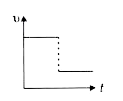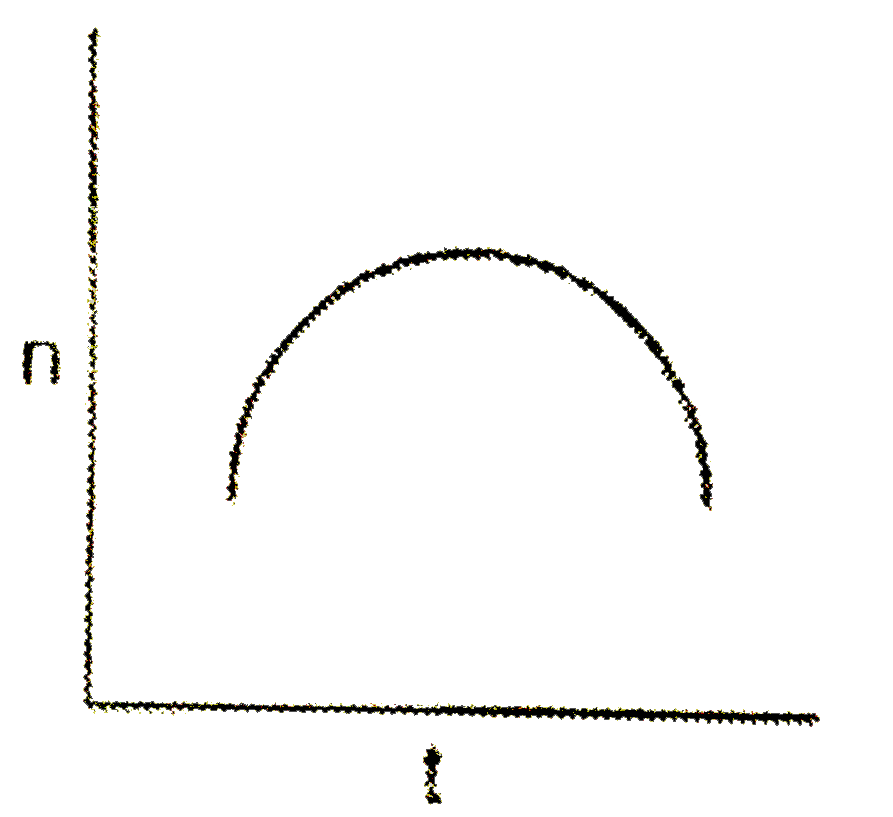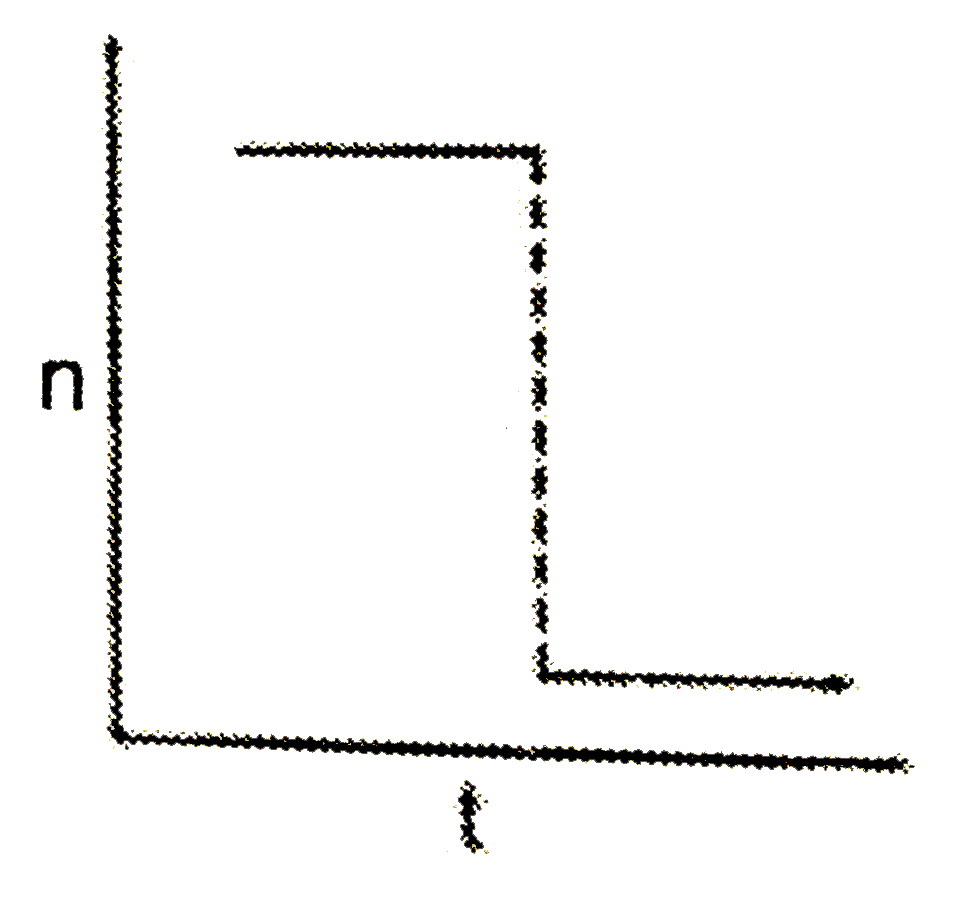An engine whistling at a constant frequency n0 and moving with a constant velocity goes past a stationary observer. As the engine crosses him, the frequency of the sound heard by him changes by a factor f. The actual difference in the frequencies of the sound heard by him before and after the engine crosses him is
12n0(1−f2)
12n0(1−f2f)
n0(1−f1+f)
12n0(1−f1+f)
The correct Answer is:B
Step by step video, text & image solution for An engine whistling at a constant frequency n_0 and moving with a constant velocity goes past a stationary observer. As the engine crosses him, the frequency of the sound heard by him changes by a factor f. The actual difference in the frequencies of the sound heard by him before and after the engine crosses him is by Physics experts to help you in doubts & scoring excellent marks in Class 12 exams.
Updated on:21/07/2023Topper's Solved these Questions
- SOUND WAVESBook:MOTIONChapter:SOUND WAVESExercise:EXERCISE - 2 ( LEVEL II SECTION A)
Explore 7 Videos
- SOUND WAVESBook:MOTIONChapter:SOUND WAVESExercise:EXERCISE - 2 ( LEVEL II SECTION B)
Explore 5 Videos
- SOUND WAVESBook:MOTIONChapter:SOUND WAVESExercise:EXERCISE - 2 ( LEVEL I SECTION C)
Explore 7 Videos
- SIMPLE HARONIC MOTION Book:MOTIONChapter:SIMPLE HARONIC MOTION Exercise:EXERCISE -4 (Leve-II) [ JEE 2011]
Explore 11 Videos
- SURFACE TENSIONBook:MOTIONChapter:SURFACE TENSIONExercise:Exercise - 3 | Section - B Previous Year Problems | AIEEE
Explore 12 Videos
Similar Questions
A source of frequency n is moving with a uniform velocity v towards a stationary observer. If the velocity of sound is V, then the change in frequency would be -
View SolutionA train whistling at constant frequency is moving towards a station at a constant speed V. The train goes past a stationary observer on the station. The frequency n′ of the sound as heard by the observer is plotted as a function of time t, figure. Identify the expected curve.
View Solution
Knowledge Check
If a source of frequency n moving with velocity v crosses a stationary observer, then the change in the frequency of sound heard by the observer will be (velocity of sound = V)
A2nVvV2+v2B2nVv(V2−v2)C2nVv(V+v)D2nVv(V−v)A train whistling at constant frequency is moving towards a station at a constant speed v. The train goes past a stationary observer on the station. The frequency v of the sound as heard by the observer is plotted as a function of time t. Identify the expected curve.
A B
B C
C D
D
A railway engine whistling at a constant frequency moves with a constant speed. It goes past a stationary observer standing beside the railway track. The frequency (n) of the sound heard by the observer is plotted agains time (t). Which of the following best represents the resulting curve?
A B
B C
C D
D
If an observer moving with velocity v crosses a stationary source of frequency n, then the change in the frequency would be -
View SolutionIf an observer is moving with uniform velocity v to wards a stationary source of frequency n, and if the velocity of sound in the medium is V, then the apparent change in the frequency of the sound, heard by the observer, is -
View SolutionA source of sound crosses a stationary observer which is moving with uniform velocity v. If the velocity of sound in air is V, then the ratio of the apparent frequencies heard by the observer before and after the source crosses him would be -
View SolutionA source of sound is travelling towards a stationary observer. The frequency of sound heard by the observer is 25% more than the actual frequency. If the speed of sound is v, that of the source is
View SolutionA train is moving with a constant speed along a circular track. The engine of the train emits a sound of frequency f. The frequency heard by the guard at the rear end of the train.
View Solution

